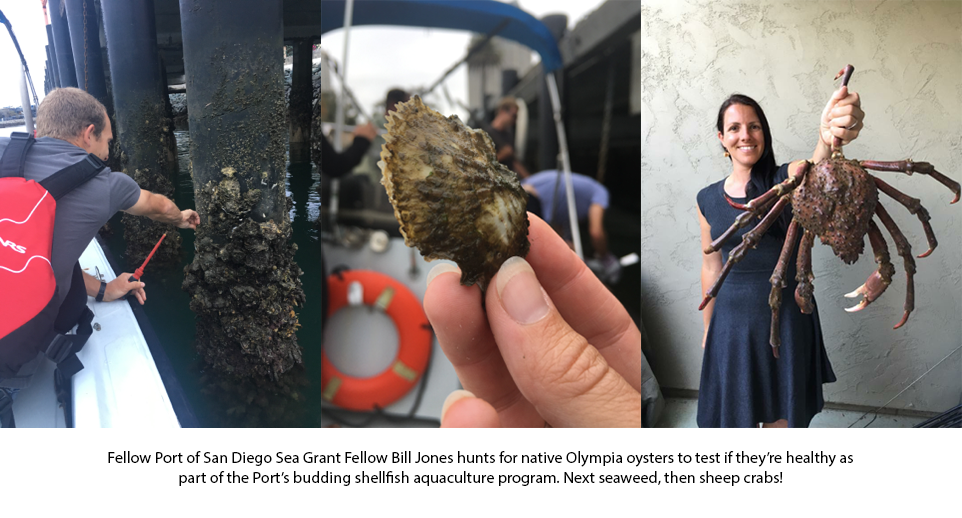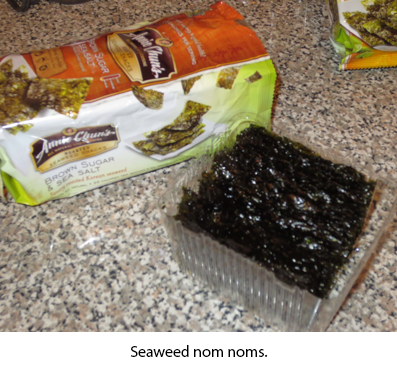
Most people don’t give a lot of thought to seaweed. You know, that plant-like stuff that grows in the ocean and in freshwater lakes and rivers. It washes up on the beach and smells foul. You might have even eaten dried, savory seaweed snacks from the grocery store or had seaweed sprinkled on your poke bowl.
But, there is so much more about seaweed that everyone should know.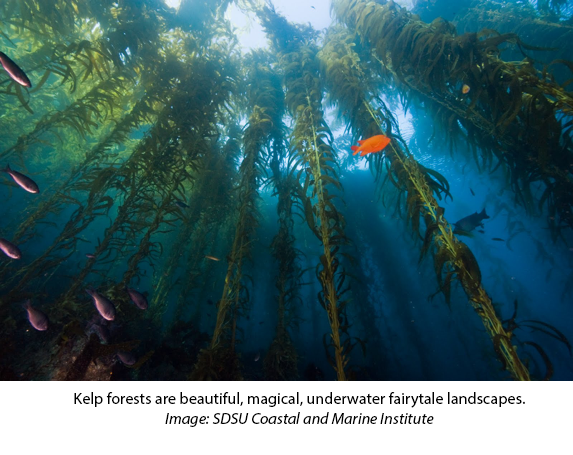
As a marine ecologist I know a little bit about seaweed. Seaweeds are green, red, or brown plant-like organisms that grow in the ocean. Like land plants, seaweed produces oxygen, around 70% of the total oxygen on Earth, and is the basis of the ocean food chain. Seaweed like California's giant kelp forests (kelp is a large brown seaweed) also create habitat where fish, invertebrates, birds, and marine mammals find food and protection from predators.
Seaweed is also eaten by humans all over the world and its popularity in the U.S. is growing. Rich in protein and vitamins and minerals like calcium, iron, folic acid, and vitamin K, studies have shown significant health benefits to eating seaweed, including reduced blood pressure and improved digestive health. It’s no wonder seaweeds are trending as the new superfood. There’s even one that tastes like bacon for the vegetable-haters out there.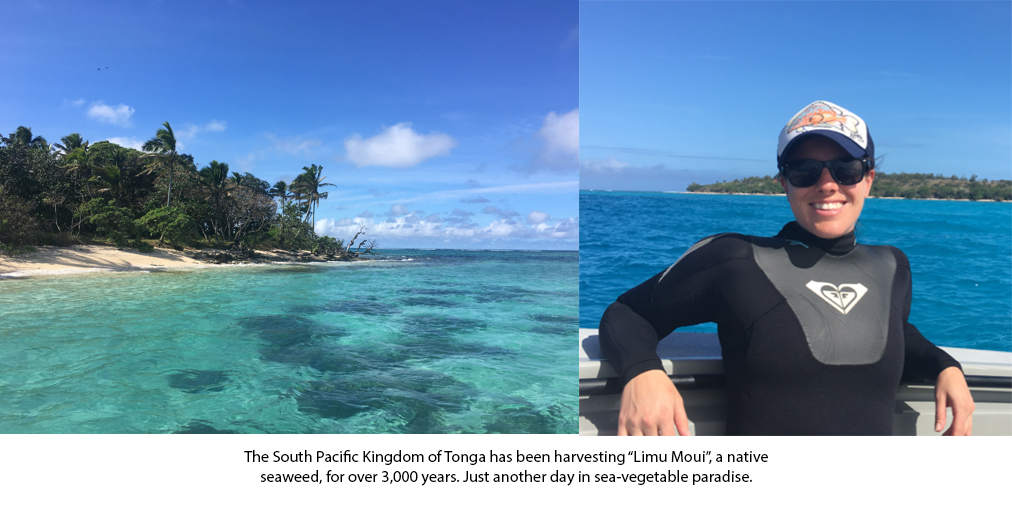
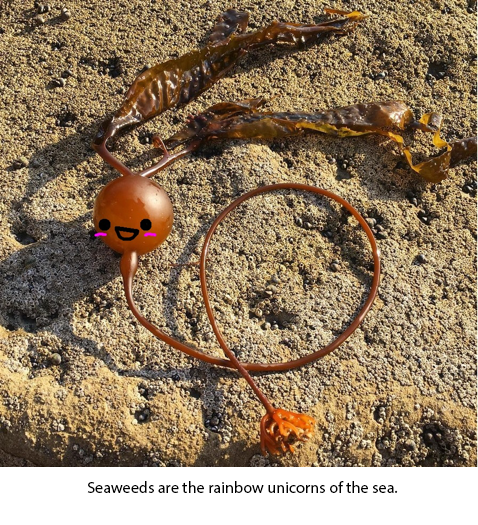
Seaweed isn’t just on our plates, either. It’s used in products like cosmetics, pharmaceuticals, livestock feed, and fertilizer. Seaweed-derived binding and thickening agents like agar and carrageenan are found in products from ice cream to petri dishes. And, seaweed is full of oil and don’t need freshwater or fertilizer so they’re ideal for producing biofuels. Seaweeds buffer against ocean acidification, dampen wave action and reduce coastal erosion, and clean up waterways by absorbing excess nutrients from wastewater. If only seaweed could stop climate change too...

About that.
Seaweed, like land plants, use photosynthesis to turn carbon dioxide (CO2) into seaweed biomass. This process is known as carbon sequestration. Seaweed grows fast, really fast, so it can suck up CO2 at a phenomenal rate. Once that CO2 is locked up in seaweed biomass it can be harvested for use, or, it can sink to the seafloor or be stored underground where all that excess CO2 originally came. Scientists have been assessing the carbon sequestration potential of seaweed for the last couple decades.
It seems like a simple solution: ramp up seaweed aquaculture to capture CO2 and slow down or reverse climate change. So, where are all the climate change fighting seaweed farms?
There are hurdles to cross before seaweed can save us from climate change. First, for a seaweed carbon sequestration market to exist there must be someone willing to pay to store carbon in seaweed. Presently, there’s no carbon credit exchange market for seaweed. Second, government policies need to support industry development. Policies that encourage aquaculture, a streamlined permitting process, and no overly strict regulations can help new farmers and investors enter the industry. Unfortunately, many agencies have no framework for seaweed aquaculture and are tripping over out-of-date, restrictive policies.
Fortunately, the Port of San Diego, where I am doing my Sea Grant Fellowship, is perfectly poised to develop seaweed aquaculture in the San Diego area. In 2016, the port launched its Blue Economy Incubator to support emerging aquaculture and blue technology businesses. The port is already familiar with environmental mitigation and has the expertise to navigate the permitting process. Having a state agency support development of the seaweed aquaculture industry is a much needed asset. So, keep your eyes on the coast because seaweed aquaculture may soon be tackling climate change.
Written by Heather Kramp
